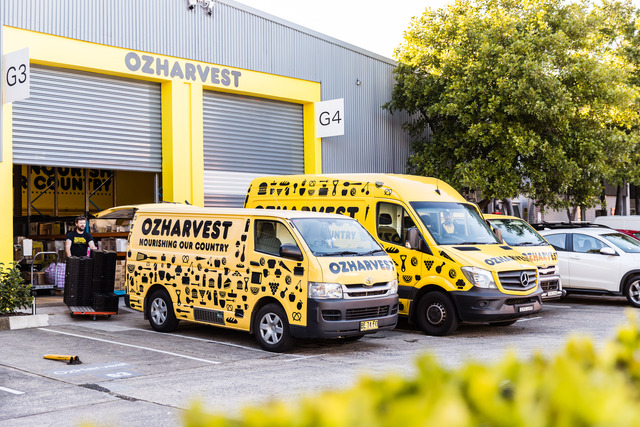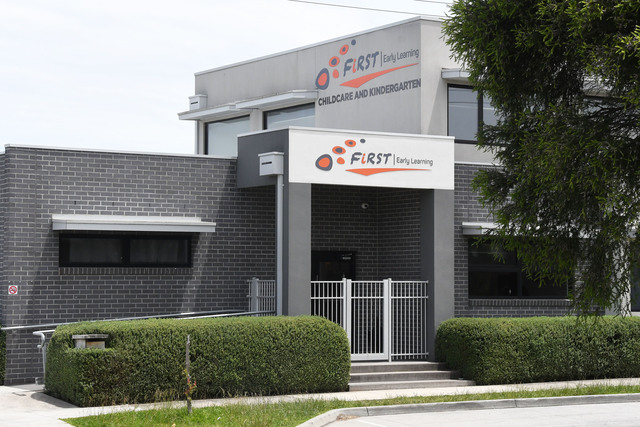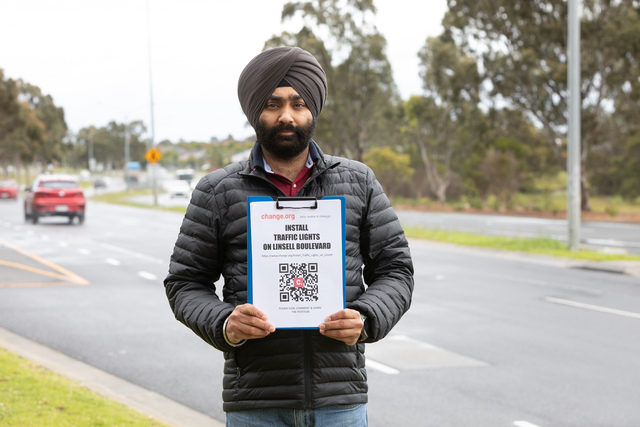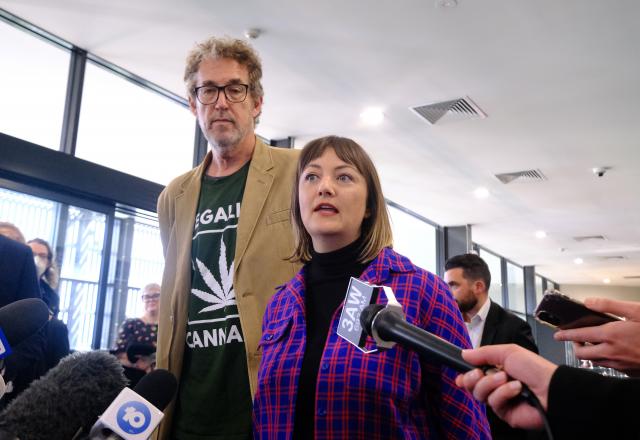The 2025 Foodbank Hunger Report has revealed that 3.5 million Australians have struggled with food insecurity in the last 12 months.
While 20 per cent have reported being ‘severely food insecure’.
This includes skipping meals or going whole days of not eating.
This marks a one per cent increase from 2024, in which the report states that the “positive momentum from the previous year has not been sustained”.
In Victoria, 31 per cent of metro households have faced food insecurity.
The report also highlighted that certain groups and households continue to face ongoing vulnerability that contributes to an increase in food insecurity.
For example, single-parent households have had a five-percentage point increase in severe food insecurity, with 46 per cent of these households facing severe challenges in comparison to last year’s 41 per cent.
Similarly, 48 per cent of households living in rented accommodation and 48 per cent of those on low incomes faced ongoing pressures to meet food security levels.
While, 67 per cent of those living with disabilities also face extreme challenges in securing pantry necessities.
The cost of living continues to be a major contributing factor as well as changes in the housing market impacting the management of budgets.
As a result many have had to adjust their spending, with those most vulnerable having to reduce the purchasing of fresh produce, protein and dairy.
The report noted a positive development in the continued increase of awareness surrounding food relief services, but said that this has not translated into higher access rates.
Despite this, OzHarvest, one of Melbourne’s leading food rescue organisations with a new hub in the City of Casey, reported that 77 per cent of charities they support have seen a significant increase in demand over the past 12 months.
And that 31 per cent are a new clientele.
For Casey North Community Information and Support Services (CNISS), major household cut backs on food necessities has put pressure on their organisation.
CNISS recently released an urgent online appeal for donations for household necessities after their food relief pantry laid nearly empty.
Helen Small, Chief executive of CNISS said she had “never seen the pantry” that bare.
“People used to get a bag of food a couple of times a week, now they’re needing one a day,” said Small.
While demand has increased, social stigma is still existent, inhibiting outreach from those who need it.
The Foodbank report highlighted that 45 per cent of individuals cited embarrassment and 35 per cent believed that others are in greater need of these services.
Christine Crowley, OzHarvest’s Melbourne manager, says through their work, OzHarvest aims to focus on reducing these social stigma.
“We are committed to upholding the values of dignity and respect in all our interactions,” said Crowley.
“As our food rescue drivers serve as a vital point of contact within vulnerable communities, they understand the importance of showing care and compassion wherever and whenever they can.”
The Foodbank Hunger Report also highlighted the systemic and physical barriers that are evident in the findings.
Including a lack of transport to services or cost and accessibility of public transport.
Back in October, The Casey Council said it was committed to addressing the root causes of food insecurity by working more with local food relief organisations such as Transit Soup Kitchen, OzHarvest and CNISS.
As well as advocating for greater investment in food rescue and food relief programs in Casey, the council also made promises to fund emergency relief programs through existing grants and help local relief providers to find more volunteers to aid with the growing demand.








